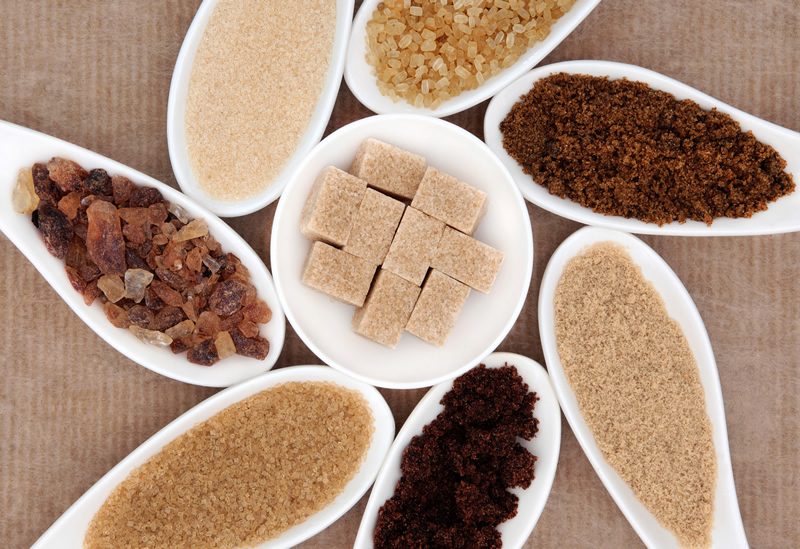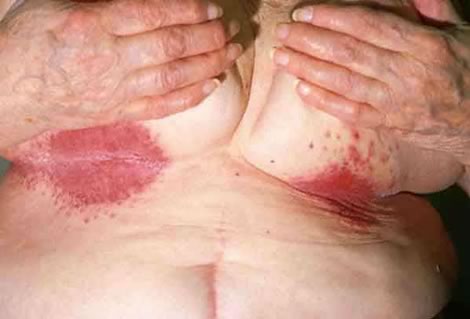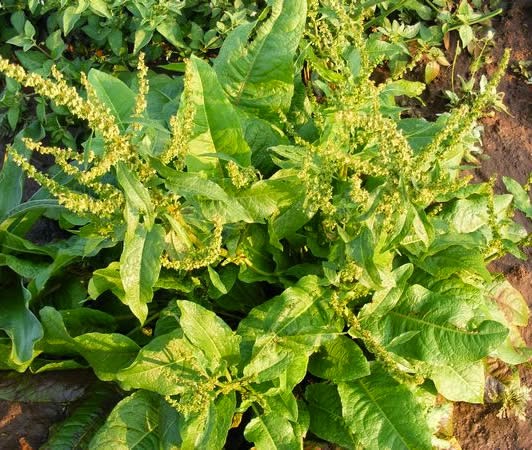 |
| Bites and Stings Poisoning |
Bites and stings poisoning or hypersensitivity response (allergic reaction) to insect and reptile venoms.
Though numerous insects sting and spiders and snakes bite, most are not poisonous (harmful beyond local discomfort at the site of the sting or bite). Rapid first resonse efforts can often reduce the severity of the resulting injury from poisonous stings and bites.
Hymenoptera stings
The most common stings come from wasps, hornets, yellow jackets, honey bees, and fire ants, collectively known as the Hymenoptera order.


